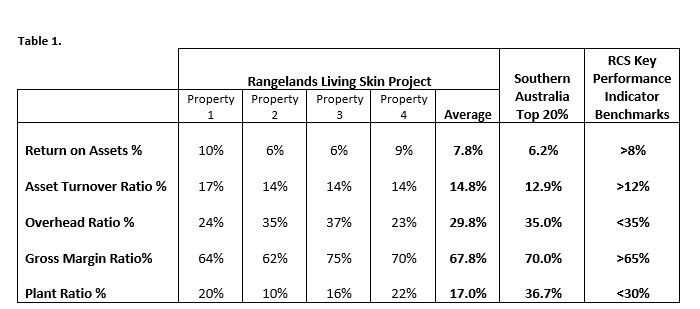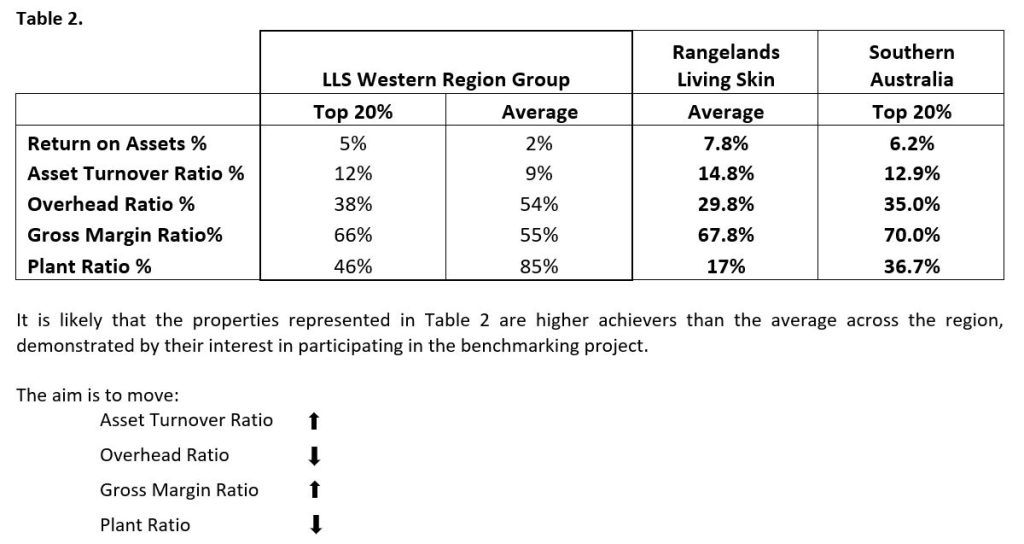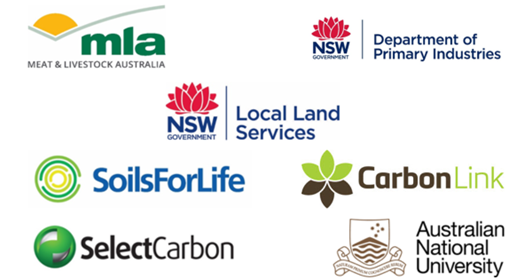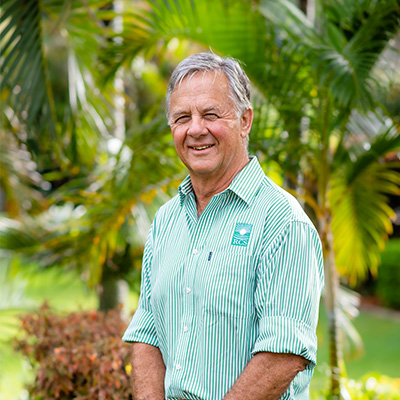
Old friends, deep talks. That's what happened on the Warble podcast with Gina and Tony "Chongy" Howard. Our shared history, especially teaching at an Indigenous Grazing for Profit® School in Kunanara, 2024, made for an incredible conversation. Watching Gina and Tony connect with the students was truly inspiring. RCS' Nic Kentish was just happy to witness their magic.











